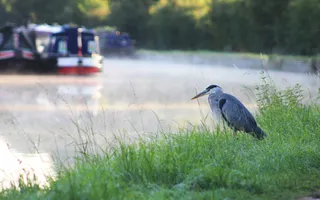Killer and demon shrimp facts
Scientific name: Dikerogammarus villosus and Dikerogammarus haemobaphes
Family: Gammaridae
Diet: Aggressive omnivores, both shrimp species eat native invertebrates including fish, fish eggs and larvae, and aquatic insects and larvae.
Size: 3cm
Weight: 80-95mg
Lifespan: 1 year








